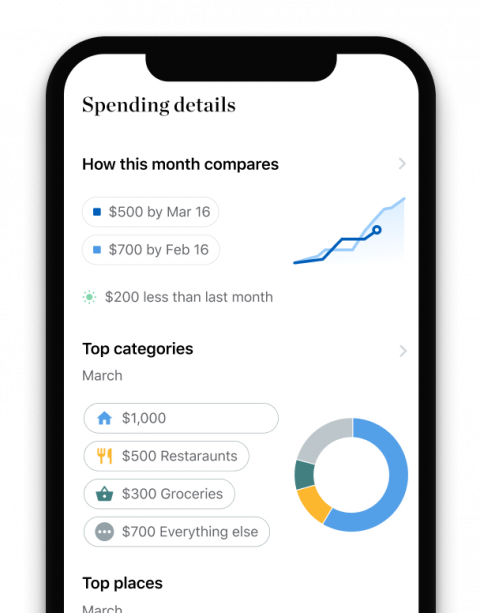What is EFC, or Expected Family Contribution?

Many or all of the products featured here are from our partners who compensate us. This influences which products we write about and where and how the product appears on a page. However, this does not influence our evaluations. Our opinions are our own. Here is a list of our partners and here's how we make money.
When can I update my FAFSA application? The redesigned FAFSA for the 2024-25 academic year is available at FAFSA.gov. After major delays, the FAFSA corrections process opened on April 16 to students and families who submitted incorrect or incomplete forms.
You can still submit the 2023-24 FAFSA until June 30, 2024.
Dive deeper into FAFSA
When you need to apply: Find out the FAFSA deadline
How much aid you'll get: Estimate your financial aid award
What's on your FAFSA checklist: What you'll need to complete the application
Your financial aid letter: Understand and compare offers
Expected Family Contribution (EFC) is an index number used by college financial aid offices to determine the amount of financial aid for which you are eligible in an upcoming academic year. It's calculated using the information you provide on the Federal Application for Federal Student Aid (FAFSA).
The EFC will be replaced by the Student Aid Index starting in the 2024-25 academic year. The change is part of a simplified FAFSA form that will open up to students sometime in December 2023.
If you still need to submit the FAFSA for the 2023-24 academic year, you’ll encounter the EFC. This form for this year is open until June 30, 2024. After that, the EFC will become obsolete.
» MORE: What is the Student Aid Index?
How is the Expected Family Contribution calculated?
The EFC is calculated using the information you provide on the FAFSA. The EFC formula factors in your family's income, investments and other assets, as well as the number of people in your family and whether any of them are also attending college that year.
» DIVE DEEPER: NerdWallet’s guide to FAFSA
You’ll see your EFC listed in the upper right corner of your Student Aid Report, as long as your FAFSA was completed in full. Your Student Aid Report can be found by logging into the My FAFSA page and choosing "View SAR."
Simple tax filing with a $50 flat fee for every scenario
With NerdWallet Taxes powered by Column Tax, registered NerdWallet members pay one fee, regardless of your tax situation. Plus, you'll get free support from tax experts. Sign up for access today.
for a NerdWallet account
Why does your EFC matter?
A college’s financial aid staff uses your EFC to determine your financial need. They take the school’s total cost of attendance, including tuition, fees and room and board, then subtract your EFC to calculate the maximum amount of need-based aid you’re eligible for.
» LEARN: How much financial aid can I get?
Say, for example, a school’s total cost of attendance is $20,000 and your EFC is $5,000. You could qualify for up to $15,000 of need-based aid through programs like federal Pell Grants, direct subsidized loans and work-study.
The amount you receive depends on funding availability at your school. For example, Pell Grant and work-study programs each have limited funds available every year, so you might not get the full amount you qualify for if you apply late in the FAFSA season.
Colleges aren’t required to meet 100% of a student’s demonstrated financial need (that’s the total cost minus your EFC).
If you don't get enough financial aid, schools often suggest filling that gap with aid that's not based on financial need, such as direct unsubsidized loans and federal PLUS loans. Only after you've taken all federal aid available should you turn to private student loans.
» MORE: How to get more financial aid



